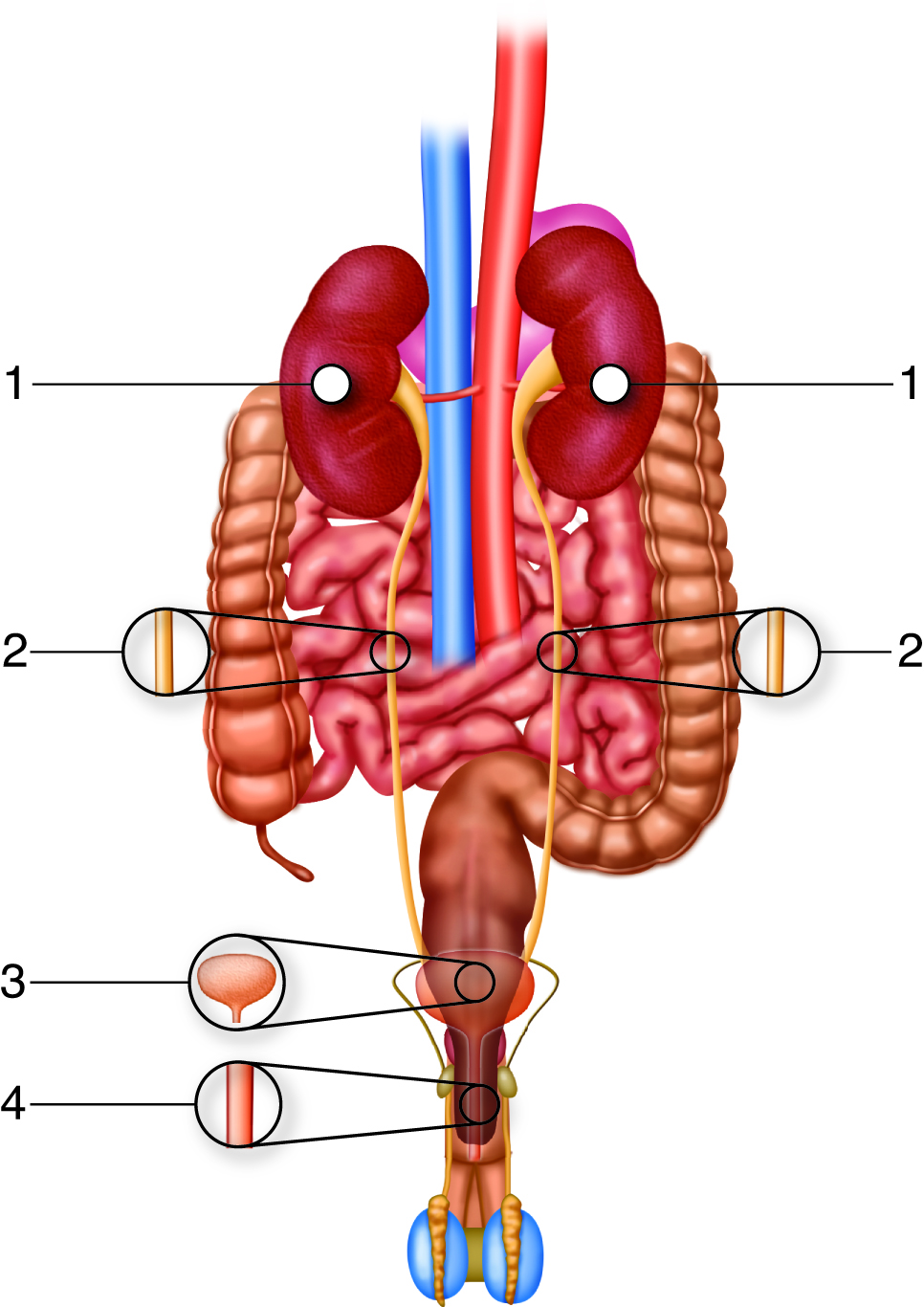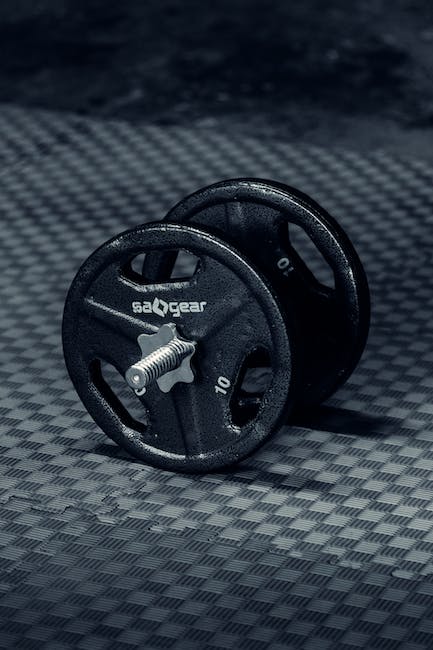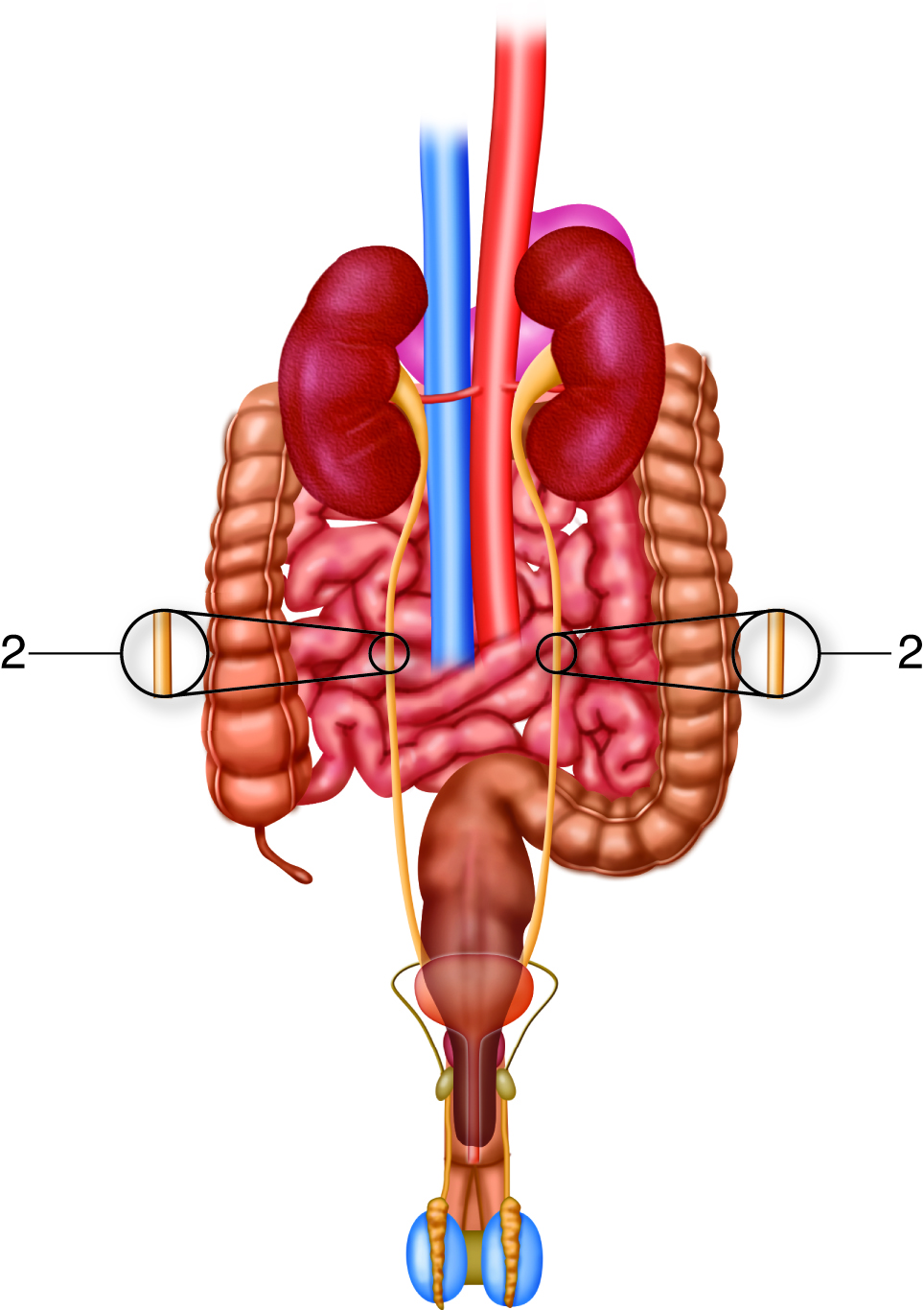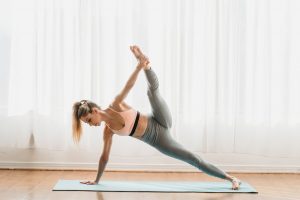
How Many Elements of Fitness Are There?
If you’ve ever considered taking up an exercise routine to get fit, then you’ve likely wondered – what kind of fitness actually has the most elements? And how many of those elements do you need to include in your routine? In this article, we’ll answer those questions and more as we explore the various elements of fitness and how they integrate into a comprehensive exercise plan.
List of Content
- 1. What are the Elements of Fitness?
- 2. How Can I Improve My Fitness?
- 3. Types of Cardiovascular Fitness
- 4. Strength Training and Muscular Endurance
- 5. Flexibility, Balance, and Coordination
- 6. How to Assess Your Fitness Level
- You Ask, I answer

1. What are the Elements of Fitness?
Physical fitness is a combination of four elements – Cardio, Agility, Strength and Flexibility – that should be balanced and worked on to lead an active and healthy lifestyle.
Cardio is the most important aspect of fitness. It includes endurance activities like running and swimming, which helps strengthen the heart and lungs. It improves stamina and may help reduce the risk of certain health issues, such as obesity, high blood pressure and heart diseases.
Agility is the ability to quickly move, change direction and react to an environment. This includes balance and coordination activities like jump rope, squat jumps and running drills. Improving agility can help you become faster and more responsive in any activity.
Strength is the amount of force a muscle can produce. Training for strength typically includes weight lifting, bodyweight exercises and resistance bands. This will not only make you stronger, but it can also help increase muscle mass, which can help burn more fat and give you a better overall body composition.
Flexibility is the range of motion a joint can move through before being restricted. This is important to allow for healthy movement and good posture. Flexibility training typically includes stretching exercises like yoga, Pilates and foam rolling. Working on your flexibility will help reduce stiffness, improve range of motion and allow for an easier transition into other activities.
To have a fit and healthy body, it is important to have a balanced workout routine that includes all four elements of fitness.

2. How Can I Improve My Fitness?
Fitness is something most people want to be better at, but are unsure how to go about it. Here are some great tips to help you get started.
- Cardio: Cardio exercises are a great way to start improving your fitness. This includes activities like running, biking, swimming or any other aerobic exercise to get your heart rate up. Doing 30 minutes of cardio a few days a week will help to increase your stamina and energy levels.
- Strength Training: Strength training is great for building lean muscle, and can be done with weights or with body weight exercises. Even just doing a few sets a few times a week can have great benefits to your overall fitness.
- Eat Well: Eating a balanced diet is essential to getting fit. Incorporating a variety of fruits, vegetables, whole grains, and lean proteins into your diet will help fuel your workouts.
Staying motivated is the key to success with any fitness plan. Making sure you find an activity you enjoy doing, like joining a class or team sport, is a great way to stay motivated. Having a workout buddy or joining a gym can also help you stay on track.
Finally, make sure to get plenty of rest. Make sure to get at least 7-9 hours of sleep each night so that your body is able to rest and recover so that you can perform at your best.
3. Types of Cardiovascular Fitness
Cardiovascular fitness is essential for physical health, and there are several different types of it. Having an understanding of the types of cardio fitness is an important part of developing an effective workout routine.
Aerobic Cardio
Aerobic cardio exercise involves activities that are low-impact and use large muscle groups. Running, cycling, swimming, and even fast-paced walking are excellent forms of aerobic exercise, usually lasting at least 20 minutes and raising the heart rate. This type of cardio helps burn calories and reduce cholesterol.
Anaerobic Cardio
Anaerobic cardio exercises are higher-intensity activities. These exercises use explosive movements that cause a rapid spike in the heart rate. Sprinting, weight training, and jumping rope are three common forms of anaerobic cardio. This kind of cardio does not have the same fat-burning benefits as aerobic exercise, but helps improve muscular strength and endurance.
Interval Training
For those who want to maximize their results in the least amount of time, interval training may be the right choice. As the name implies, this type of cardio fitness involves alternating high-intensity periods with rest periods. This helps to elevate the metabolism and burn fat in a shorter amount of time. Examples of interval training include alternating sprints with jogging or doing jumping jacks with rest intervals.
4. Strength Training and Muscular Endurance
Building Muscle Strength
Strength training is essential for increasing the size and strength of muscles, which increases the performance capacity of athletes. Generally, strength training involves using various exercises to challenge the body’s muscles and increase their size and strength. The exercises are usually compound lifts – exercises that target more than one muscle group – such as deadlifts, barbell squats, and barbell presses. Performing these exercises with heavier weights further increases the intensity of the strain on the muscle and works to build muscle strength.
Increasing Muscular Endurance
Muscular endurance refers to the ability of muscles to perform repetitive exercises with minimal fatigue. To increase muscular endurance, it’s important to use lighter weights, but complete more repetitions and sets. This is known as strength endurance training. Popular exercises for this type of training are repetitions, circuit training, and tabata protocols.
Choosing the Right Exercises
It’s important to find the balance between building strength and muscular endurance. To do this, it’s crucial to choose the right exercises for your individual goals. For those interested in building muscle strength, focus on compound lifts and incorporate other exercises that target all muscle groups. To improve muscular endurance, engage in high-intensity endurance exercises such as running sprints or rowing, and also focus on shorter repetitions and multiple sets of lighter weights.
Appropriate Rest
The workout alone isn’t enough to build strength and endurance. It’s essential to include rest days in any routine. Rest allows the muscles to repair themselves and increases the chances of reaching your goals. Additionally, it’s important to ensure that you’re eating a nutritional diet that allows your body to recover and enhances the health of your muscles.
5. Flexibility, Balance, and Coordination
Staying in tune with our bodies is an important aspect of health and wellness. Working on can help us stay limber, agile, and able to do more. It’s a great way to stay in ‘fighting shape’. Here are a few tips to help you stay in tune with your body.
- Flexibility – Staying flexible is a great way to stay energetic throughout the day and it comes in handy for those tiny tasks, like reaching for something in the back of the cupboard, which require dexterity. You can improve your flexibility by stretching before and after each workout or even before you start your day.
- Balance – Good balance means staying upright or sitting or standing without assistance. Regular balancing exercises help create a strong, stable foundation. Such exercises can be practiced simply. Start off with standing on one foot for a few seconds or try a yoga tree pose which is a balancing exercise that’s great for core strength.
- Coordination – Good coordination lets us control movements precisely. This can be done with a few simple exercises such as juggling or even walking on a line.
These everyday exercises can help you stay flexible, balanced, and coordinated which means you will be ready to take on whatever life throws at you. It’s also a great way to stay healthy and keep your energy levels up. So don’t forget to take a few moments each day to work on your .
6. How to Assess Your Fitness Level
To assess your fitness level and overall health, it’s important to check in with yourself on a regular basis. Whether you do a full-fledged physical or quick tests you can conduct at home, monitoring your physical fitness can keep you on the path to long-term wellbeing.
Here are 6 ways to assess your fitness level:
- Monitor your heart rate – Taking your pulse can give you an accurate look at your resting heart rate, which can be a good measure of your overall fitness. To take your pulse, place two fingers on the inside of your wrist and count the beats for 10 seconds. Multiply this number by 6 to find out your beats per minute (BPM).
- Check your waist circumference -Excess abdominal fat raises your risk of chronic diseases and can be a sign of lower fitness levels. To access your midsection circumference, measure your waist just above your hipbones with or without a tape measure.
- Track your body weight – Weigh yourself regularly and record all of your weight changes to track your progress. It’s important to maintain a steady weight when trying to increase your fitness.
- Perform a push-up test- Give yourself a score for the number of push-ups you can in one minute. If you’re able to complete 1-10 push-ups in a minute, your fitness level is considered fair. 11-20 makes your fitness level good, and 21 or more makes your fitness level excellent.
No matter which test you choose, tracking your fitness level is important if you’re looking to improve your overall health. Regular testing can give you insight into how your body is progressing and help you create a tailored fitness plan to work towards your physical goals.
You Ask, I answer
Q: What are the elements of physical fitness?
A: Generally, there are five main elements of physical fitness: cardiovascular endurance, muscular strength, muscular endurance, flexibility, and body composition. Each of these elements is important in achieving overall health and wellness.
Q: What is cardiovascular endurance?
A: Cardiovascular endurance is your body’s ability to endure physical activity for extended periods of time. It is important for maintaining a healthy heart and circulatory system. Examples of activities which improve cardiovascular endurance include running, biking, and swimming.
Q: What is muscular strength?
A: Muscular strength is the ability of your muscles to exert force against resistance. It is important for everyday activities such as lifting objects and playing sports. Examples of activities which improve muscular strength include weightlifting and resistance training.
Q: What is muscular endurance?
A: Muscular endurance is the ability of your muscles to repeatedly exert force against resistance. This is important in activities that require extended exertion, such as running or swimming long distances. Activities which improve muscular endurance include cycling, swimming, and rowing.
Q: What is flexibility?
A: Flexibility is the ability to move your joints and muscles through their full range of motion. It is important for everyday movements and for avoiding injury. Stretching and yoga are two activities which improve flexibility.
Q: What is body composition?
A: Body composition is the ratio of fat to lean muscle mass. It is important for overall health and body weight management. A balanced diet and regular exercise are key to improving body composition.
Fitness is an incredibly important part of health and wellbeing, so understanding the different elements that constitute it is essential. Once you have a clear understanding of the elements of fitness, you can start to work on building a balanced plan for your own health and fitness needs.


